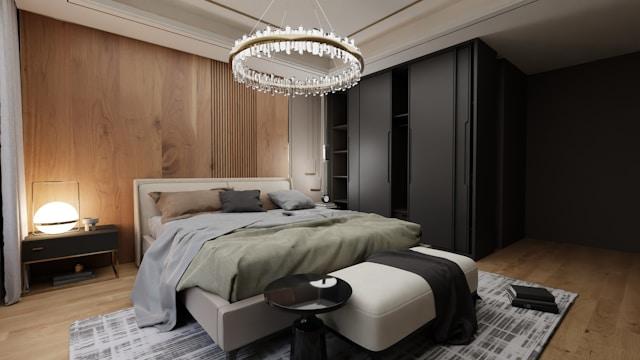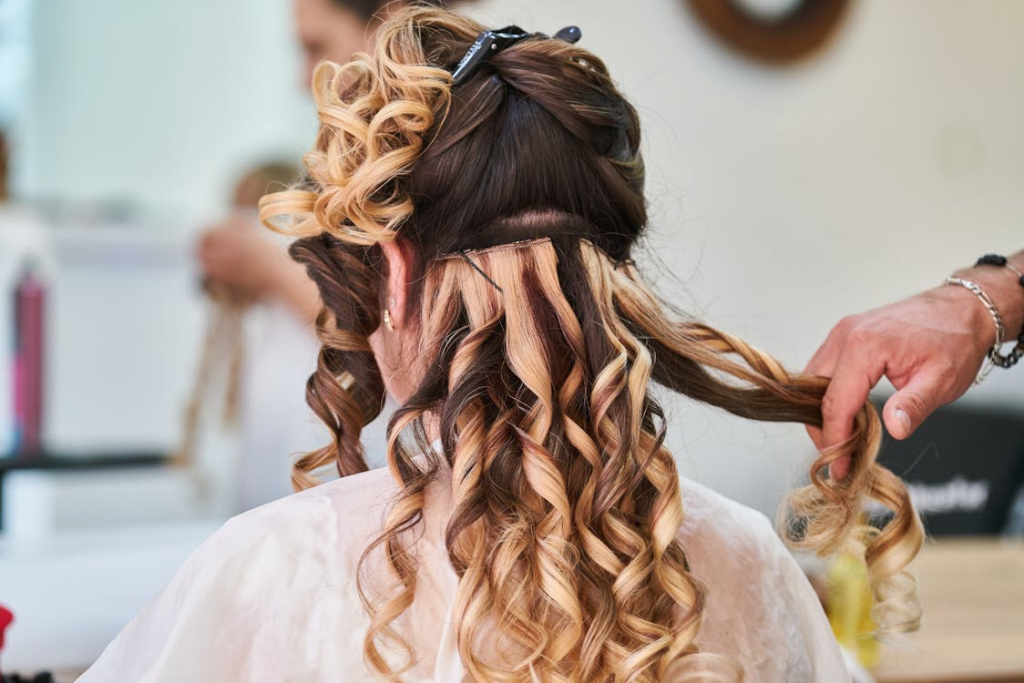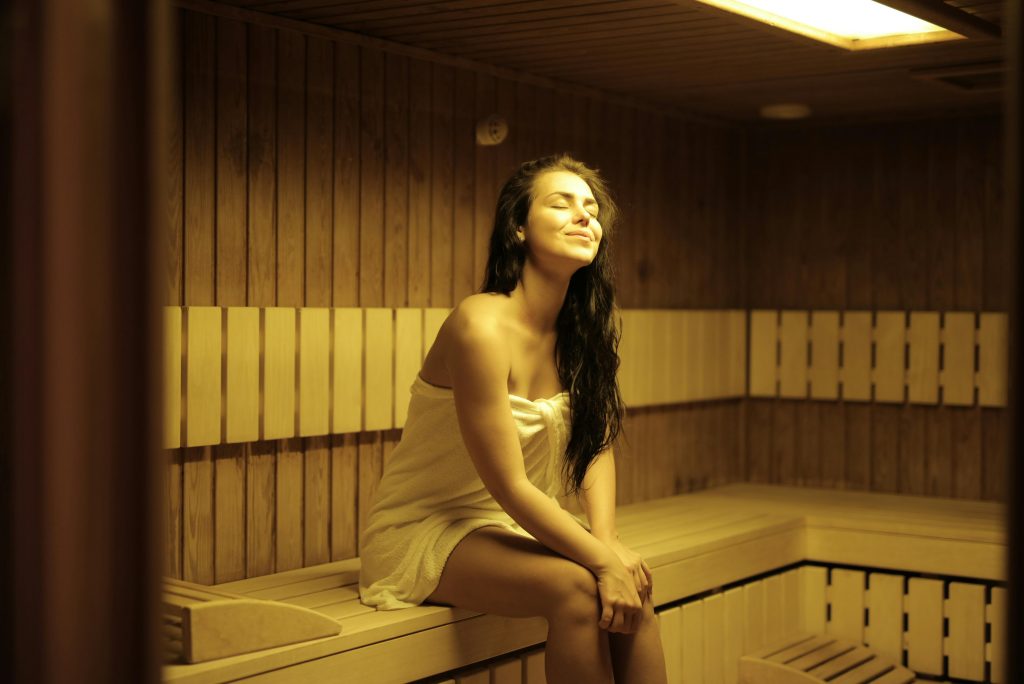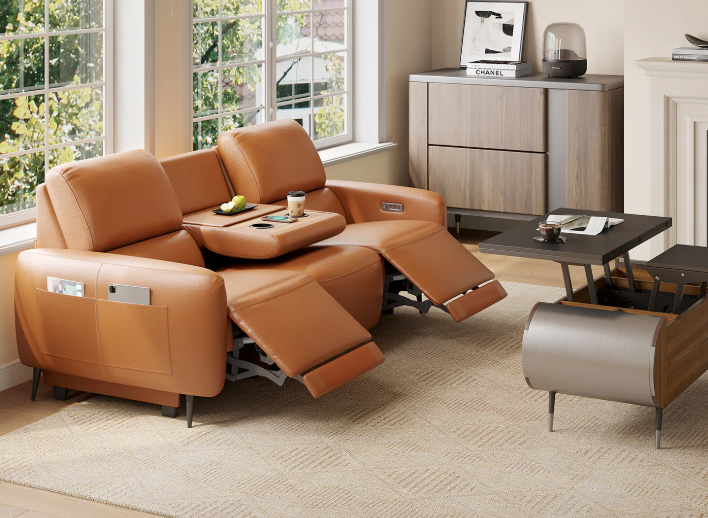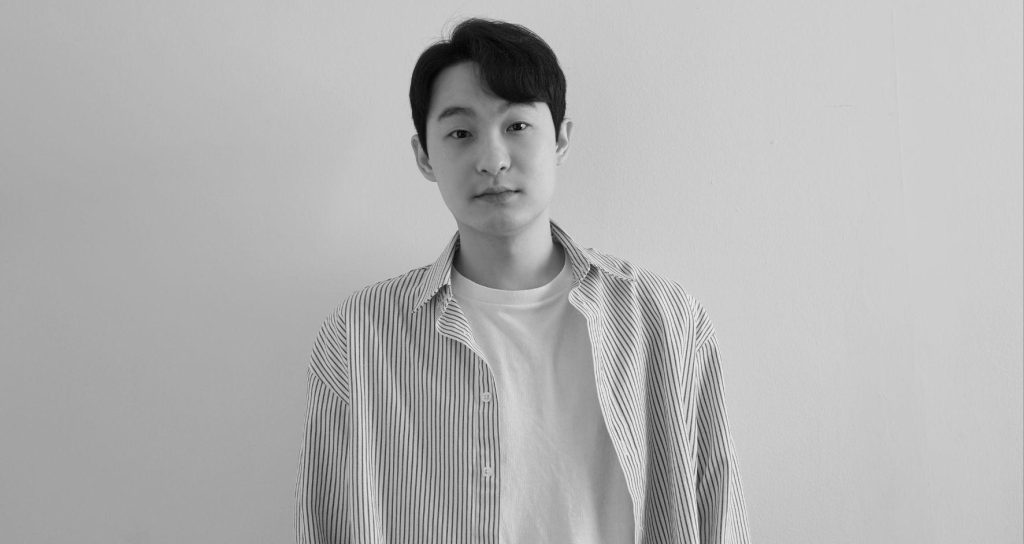Your bedroom should be more than just a place to collapse at the end of the day. It’s your personal retreat, and small, thoughtful changes can transform it into a space that actively supports better sleep while looking effortlessly put together. These upgrades don’t require a complete renovation or a designer’s budget, but they do make a measurable difference in how you rest and how your space feels.
Blackout Layering That Actually Works
Light pollution disrupts your circadian rhythm more than most people realize. Street lamps, neighboring windows, and early morning sun can fragment your sleep cycles, leaving you groggy even after eight hours in bed.
Layering blackout curtains over your existing window treatments creates near-total darkness while adding visual depth to your windows. The key is installing them properly, mount the rod high and wide to prevent light seepage around the edges.
Pairing blackout fabric with sheer curtains gives you flexibility during the day while ensuring complete darkness when you need it. This dual-layer approach also improves insulation, keeping your room cooler in summer and warmer in winter, which directly impacts sleep quality.
Breathable Sheets Sized Correctly
Nothing undermines sleep faster than sheets that trap heat or bunch up throughout the night. The material matters enormously; natural fibers like cotton, linen, and bamboo allow airflow and wick moisture away from your skin. But even premium materials fail if your sheets don’t fit properly.
Deep-pocket sheets sliding off a standard mattress or flat sheets that barely tuck create frustration right when you need calm. Taking measurements before buying eliminates this problem entirely.
Luxury bed sheets in Australia often come with detailed size charts that match everything from single to super king dimensions, plus depth specifications for newer pillow-top and memory foam mattresses. Getting this right means your bed stays neatly made and comfortable all night, without the three AM sheet wrestling match.
Pillow Mix Tuning for Your Sleep Position
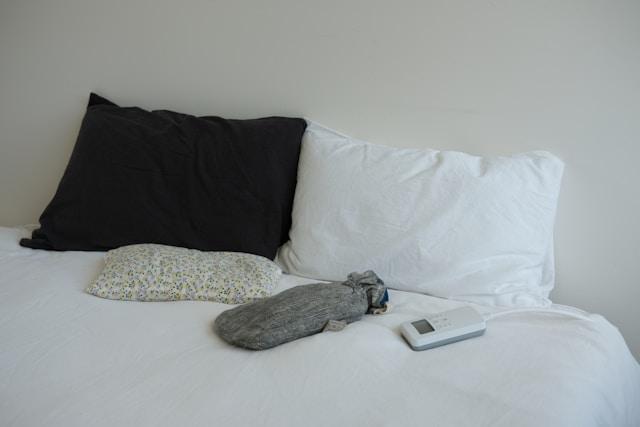
Most people buy pillows based on feel rather than function, then wonder why their neck hurts. Your sleeping position determines what kind of support you actually need. Side sleepers require firm, thick pillows to bridge the gap between shoulder and head.
Back sleepers need medium support that maintains neck alignment without pushing the head forward. Stomach sleepers, though sleep experts generally discourage this position, do best with soft, flat pillows. Mixing pillow types lets you adjust throughout the night as you shift positions.
Keep one or two supportive pillows for primary use and add a softer option for reading or gentle head elevation. European squares add visual interest during the day and provide excellent back support when you sit up in bed.
Ambient Lighting Zones
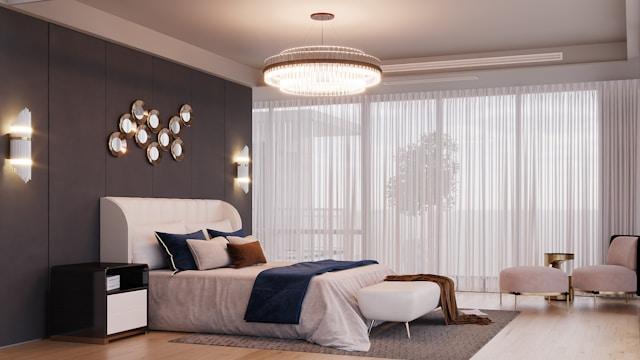
Overhead lights are too harsh for evening wind-down, but complete darkness before bed isn’t ideal either. Your body responds to gradual light reduction, which signals it’s time to produce melatonin. Creating lighting zones gives you control over this transition.
Place a dimmable lamp on each nightstand for reading, add a corner floor lamp with warm-toned bulbs for ambient lighting, and consider bias lighting behind your headboard for soft background glow.
Smart bulbs make this even easier; you can program them to gradually dim as bedtime approaches. The goal is to eliminate the jarring switch from bright task lighting to total darkness, replacing it with a gentle transition that your body recognizes as a sleep cue.
Soft Acoustic Treatments
Hard surfaces reflect sound, making your bedroom feel echoey and less peaceful. Noise from outside traffic, hallway conversations, or a partner’s snoring all interfere with deep sleep. Fabric-based acoustic treatments absorb these sound waves without requiring professional soundproofing. Heavy curtains help, as do upholstered headboards and fabric wall hangings.
Area rugs over hard flooring reduce impact noise and create a softer walking surface. Even decorative elements like tapestries or large canvas art contribute to better acoustics. These additions don’t need to look like studio equipment; they simply add texture and warmth while making your space noticeably quieter.
Clutter-Free Nightstands
Visual clutter creates mental clutter, and your nightstand often becomes a dumping ground for everything that doesn’t have a proper home. Books, charging cables, medication bottles, half-empty water glasses, and random receipts pile up, making your sleep space feel chaotic.
Pare it down to genuine essentials: a lamp, perhaps an alarm clock if you don’t use your phone, and one book or journal. Everything else gets a designated spot in a drawer or off the nightstand entirely. This single change makes your bedroom feel calmer the moment you walk in. If storage is an issue, consider nightstands with built-in drawers or floating shelves that create storage without visual bulk.
Seasonal Duvet Rotation
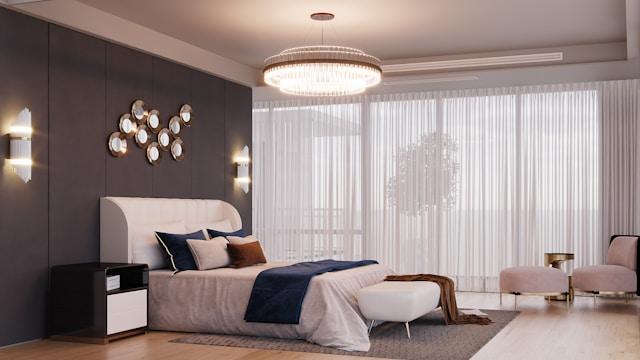
Your comfort temperature needs change throughout the year, but many people use the same heavy duvet year-round, then compensate by adjusting the thermostat or sleeping on top of covers. This wastes energy and disrupts sleep. Rotating between a lightweight summer duvet and a heavier winter one keeps your body temperature stable naturally.
Spring and autumn work well with medium-weight options. Storing off-season bedding in vacuum bags maximizes closet space and keeps everything fresh. This approach also extends the life of your bedding; each piece gets regular breaks between uses, reducing wear.
The difference in sleep quality is immediate; your body doesn’t waste energy compensating for inappropriate insulation, letting you reach deeper sleep stages more easily.
Endnote
These seven upgrades work together to create a bedroom that genuinely supports rest instead of just providing a place to lie down. None requires specialized installation or a complete redesign, but each addresses a specific factor that influences sleep quality. The cumulative effect of better light control, improved temperature regulation, reduced noise, and visual calm creates an environment where rest comes naturally and your space feels intentionally designed rather than accidentally assembled.


